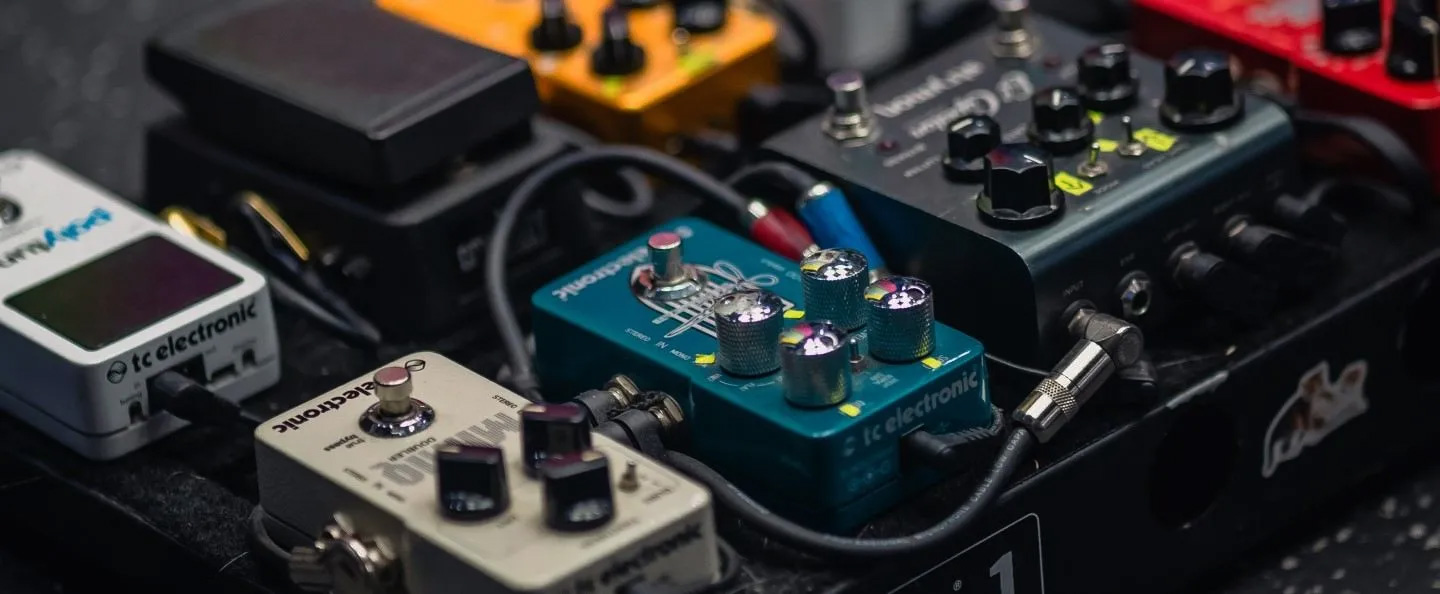Guitar pedals have become an essential part of any guitarist’s toolkit. They are used to manipulate the sound of your instrument and create unique sonic textures that can be used for a range of musical genres. Not only do guitar pedals allow you to customize your sound, but they also help you to cut through in live performances and recordings.
While it can be intimidating at first to start experimenting with effects pedals, the more you know about them, the easier it will become. There are many different types of guitar pedals that produce a variety of sounds and effects. Distortion pedals add grit and texture to your sound while overdrive pedals create an amplified tone with sustain.
Experiment with signal chain
One of the most important aspects to consider with guitar pedals is their position in the signal chain. This means where they are placed along the route between your guitar and amp. The order of which pedals are placed can have a dramatic effect on how your sound turns out, so it’s important to experiment with different configurations. Generally, you want to place your pedals in the signal chain from least to most intrusive.
This means that any pedal that affects the sound of your guitar should be placed before pedals that only alter the tone.
For example, if you want to put phaser in signal chain, it should come after distortion and compression pedals as they affect the overall character of your sound. However, putting a phaser first in the chain can also create interesting textures. Experimenting with different configurations can lead to unique sounds and it’s important to keep an open mind when exploring new combinations.

Combine pedals for unique sounds
Combining pedals is a great way to create new and exciting sounds. As mentioned, the order in which you place them can have a major impact on how your sound turns out. However, there are some tried-and-true combinations that are used by famous guitarists all over the world.
For example, a popular combination is to place a chorus pedal before distortion. This creates a shimmery and dynamic effect that can be heard on many classic rock recordings. Another well-known combination is using delay and reverb together for a dreamy, ambient soundscape.
The possibilities are endless when combining different types of pedals and the key is to experiment and find what works best for you.
Guitar pedals can be a great tool for exploring different sonic possibilities. With some experimentation and creativity, you can find the perfect combination of effects to create your own unique sound. Keep experimenting and who knows, maybe one day you will develop your own signature sound!




